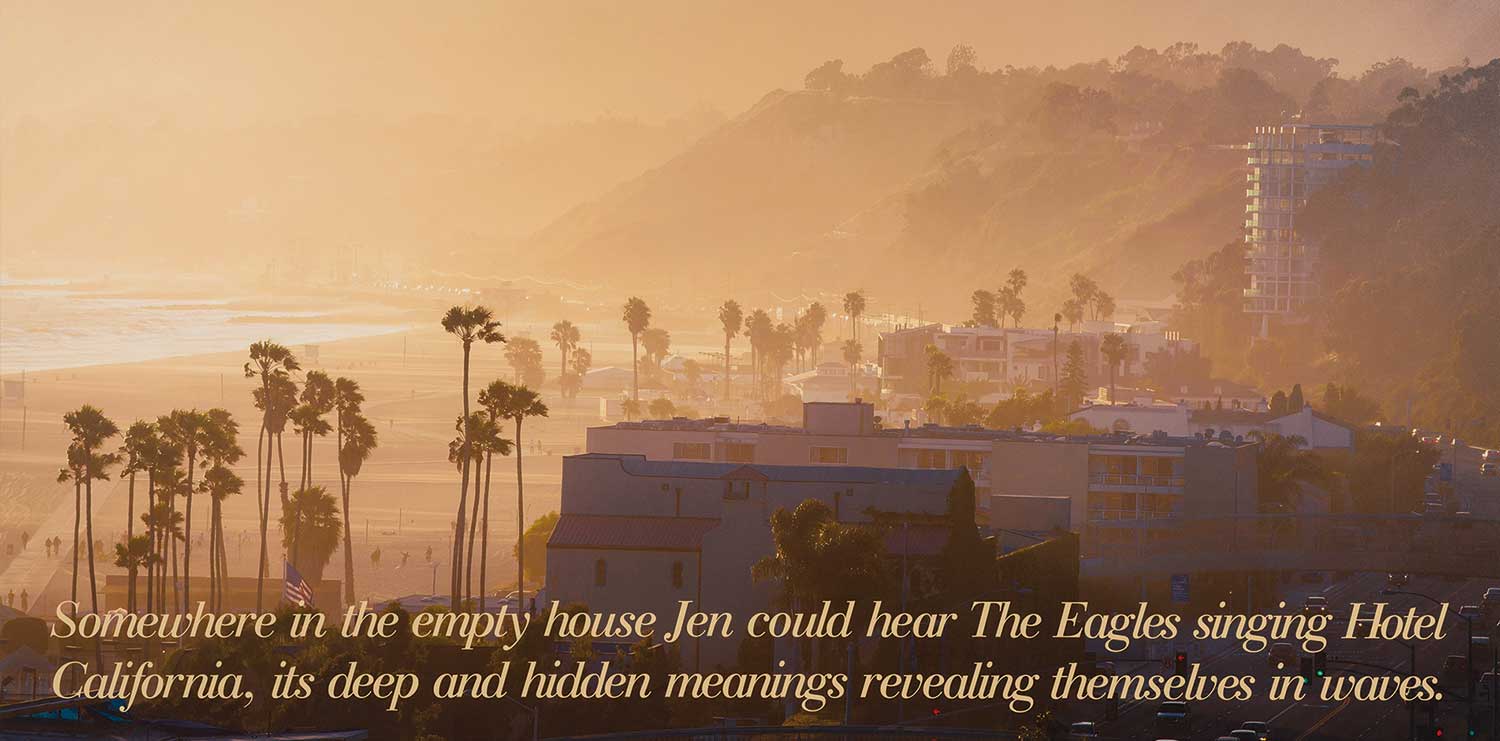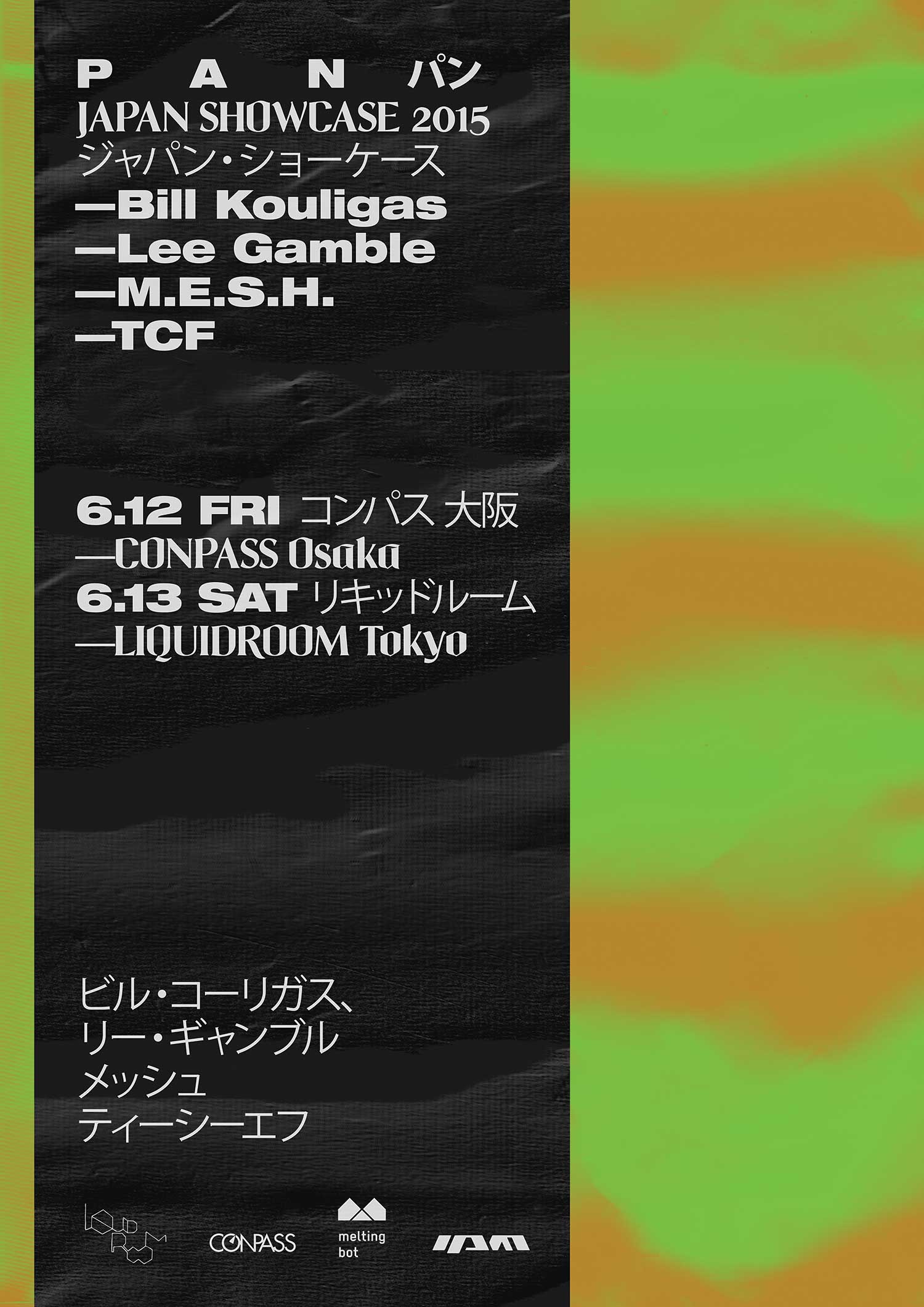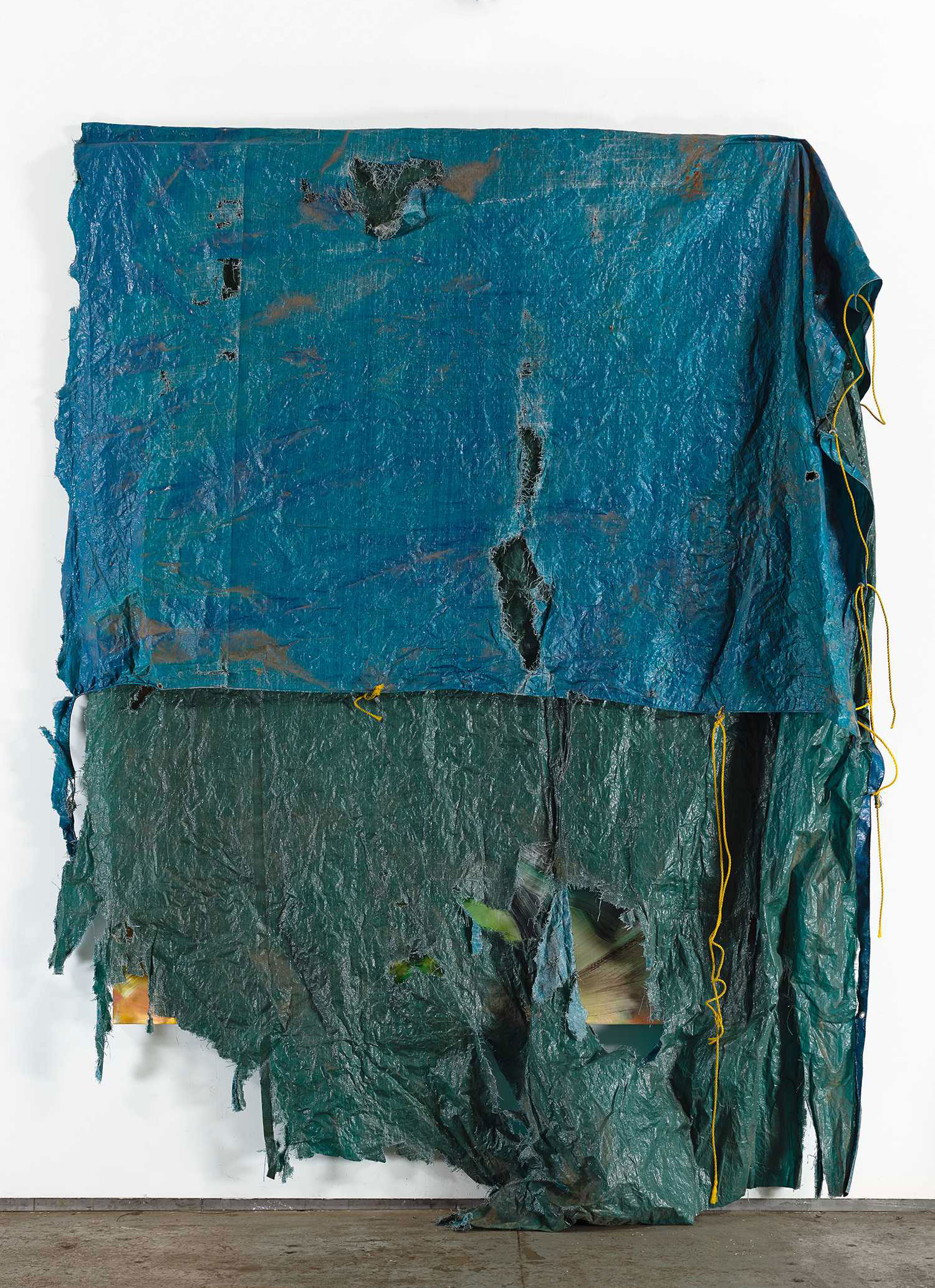
Rather than attempting to make visible those who might not be, David Hammons (b. 1943, US) explores the very nature of invisibility. His works threaten to disappear, whether by being situated out of reach, by hiding behind tarps, by dissolving into darkness, or by replacing concrete objects with abstract sounds. Raw, spiritual and always politically charged, Hammons’s work plays with art the way a jazz musician plays with sound — he gets inside it, bends it, twists it around and keeps it from sitting too still or getting too comfortable.
From August 2015 to May 2016, the CCA Wattis Institute for Contemporary Arts in San Francisco convened a small group of artists, curators and art historians from the Bay Area and formed a research group dedicated to thinking about, talking about, reading about and writing about the work of American artist David Hammons. With the artist’s blessing (but without his direct involvement), we worked through published, unpublished and archival materials, and met with many of the artist’s collaborators. From September 2016 to June 2017, the Wattis will extend this research to a general audience by presenting a monthly program of public events informed and inspired by Hammons’s work. There is no exhibition. Instead of being in galleries, Hammons is on our mind: the Wattis has offered the artist two years of focused and sustained attention. From 2015 to 2017, we have become a David Hammons Institute.
Any research, by definition, is framed by the questions it asks rather than by the answers it claims to deliver. A David Hammons Institute, also by definition, is a place where many questions remained unanswered. Here are a few.
Initially, the late John Caldwell, who was the curator of painting and sculpture at the San Francisco Museum of Modern Art, planned to exhibit work from Hammons’s 1993 show at Williams College, Williamstown (MA), entitled “Yardbird Suite.” However, after further consideration, the artist decided to do a new installation for the museum, then housed in a Beaux-Arts building near the Civic Center (“New Work,” 1994). To what extent was this a site-specific or site-responsive installation? How might it have been a comment on San Francisco at the time, on the museum, and on the audience there? (Caitlin Haskell and Robin Wright)
How is it that we know so little about this exhibition, and how could one go about recovering more of what happened? Why, relative to other exhibitions from this period, do the details seem so hazy and impermanent? The installation is not lost to memory, but it has a resistance to entering history in a definitive way. The wall text exists in the archive, but where is the art itself? What happened to the West African benches? Where are the wire reeds threaded with hair? What about the patterned paint rollers? (Caitlin Haskell)
Hammons’s installation at SFMOMA overlapped with an exhibition of the work of Robert Ryman. How might we consider Hammons’s installation within a larger modernist tradition — both as represented at SFMOMA and in the art world at large? In an interview with Deborah Menaker Rothschild, for example, Hammons claims: “I like making fun of art, I like making fun of white male art and the framework of it.” (Jordana Moore Saggese)
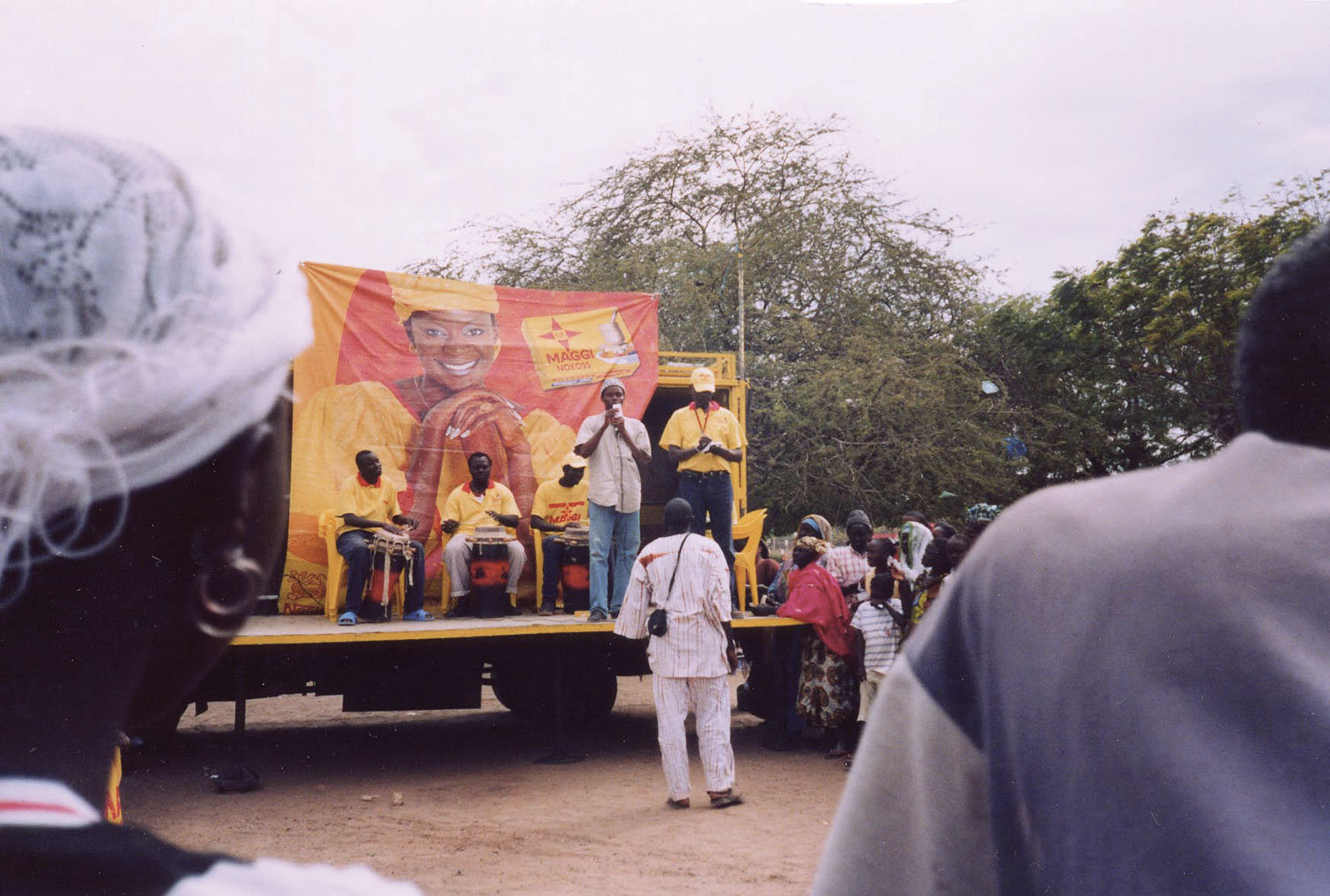
Hammons staged Concerto in Black and Blue (2002) in the expansive and windowless Ace Gallery, New York. The conditions for this work included extinguishing all the lights and providing visitors with tiny blue flashlights. The color of the artist’s skin, Darby English observes in his book How to See a Work of Art in Total Darkness (2010), set the terms for understanding this work. If Hammons’s racial identity were unknown, or known to be white, how would that inflect perceptions of Concerto in Black and Blue? What would critics and viewers make of the title? Would they place more emphasis on the word “concerto”? What symbolic meanings would the play of darkness and light in the gallery generate? What forms of sociability would the piece appear to propose? Would it prompt reflection on how darkness operates to heighten senses other than sight? What key words would appear in the critical literature in place of “blackness,” “black culture,” “black experience”? (Tirza True Latimer)
For Dak’Art – Biennale of Contemporary African Art in 2004, Hammons gave away sheep (Sheep Raffle, 2004). The artist said: “People in Dakar do not go to exhibitions. They think that the Dak’Art is for white people. At least, with the sheep raffle, I’ll give them something that they can relate to.” Hammons organized a daily raffle for the opening week of the Biennale. Enlisting the help of local art students, DJs and designers as well as the international bouillon company Maggi, Hammons advertised the event and distributed free tickets throughout the city. The raffle took place at a busy city intersection where sheep are traditionally bought and sold for the Islamic holiday of Eid-al-Adha [Festival of the sacrifice]. Crowds cheered for the two lucky winners who were presented with a live sheep amid music, singing and dancing. Does Hammons appropriate or spectacularize Senegalese cultural practices for the entertainment of Western viewers? (Jacqueline Francis and Tina Takemoto)
Is Sheep Raffle yet another display of Hammons’s impatience and open disdain for the capitalist art market, with the raffle itself operating as a cynical allegory for the few winners and hordes of losers within the art world? Or is there a generous spirit running through this work? In Senegal, only the wealthy can afford to purchase the prized animal and to share it, as proscribed, with others during the Eid-al-Adha holidays. Might we see Sheep Raffle through the lens of Lewis Hyde’s classic treatise The Gift (1983), in which the value of the art practice resides in its enduring and capacious generosity? (JF & TT)
How are we to understand his collaboration with the controversial multinational food corporation Maggi to sponsor and run his raffle? Did this company’s name delight Hammons, a lover of linguistic word play, for its oblique associations with magic and magi, the gift-bearing, traveling wise men? (JF & TT)
In his essay titled “In the Spirit of Minkisi: The Art of David Hammons,” the artist Dawoud Bey connects Hammons’s midcareer work (made after the “body prints” in the late 1960s and early 1970s) to the West African Minkisi tradition. Bey notes that “in the journey engendered by the Atlantic slave trade, the Minkisi tradition found itself dispersed to the Americas … Thus the legacy of African retentions in the New World was set in place, and an Afro-Atlantic sensibility born of hybridity, transference and adaptation was created.”
Putting on Sunday Manners (1990) is a hybrid sculpture that seems to be either a mask or a codpiece; the protrusion is evocative of a nose combined with a mouth, or a penis with a vulva. Although Bey links Minkisi spiritual practices only to Hammons’s bottle-tree sculptures, is Putting on Sunday Manners another relevant piece in that context? Is it an artwork that emblematizes a transference of West African energy? Does it reference the complexities of being black in America — a hybridization of several ancestral origins? Also, the title of the work speaks to social mores. Can it be considered an example of an adaptation of American customs that simultaneously questions those customs? (Veronica Jackson)
African and Afro-Atlantic art historian Robert Farris Thompson describes the life force of the Nkisi (singular form of Minkisi) as unlike that found in humans. He reveals that the “…Nkisi has an inextinguishable life coming from a source.” If Putting on Sunday Manners combines both male and female reproductive organs — like a Nkisi figure — is it a symbol of an inextinguishable life? (VJ)
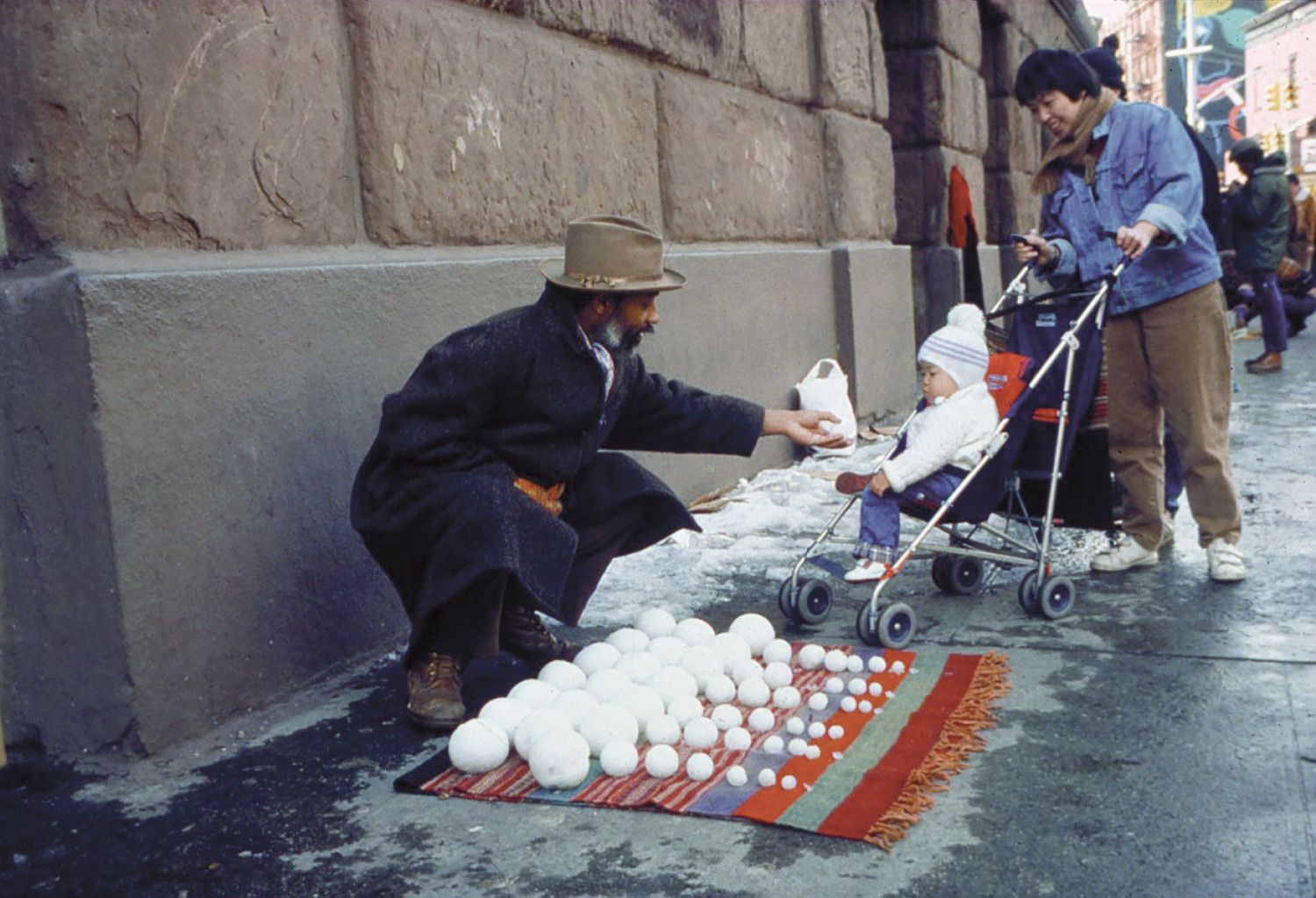
Hammons continually highlights the ideas of magic, spiritualism and ritual in his practice. To what degree might his success in the art world be related to his invocation of these themes — some of which we might think of as stereotypes for artists in the African diaspora? (JMS) Sports and art are dual entities occupying the soul of America, and Hammons cannily allows viewers to examine the overlap. What is the relationship of sports to social conditions and culture? What is implied by a higher goal? What goals exist at the intersection of sports and art? (Kim Anno)
Why is Hammons juxtaposing specific African cultural motifs with impossibly high basketball hoops? What is the place of ritual in the installation Higher Goals? (KA)
In Untitled (2000), a more recent wall sculpture, Hammons imagines a basketball hoop as a romantic chandelier with pink light, deliberately feminizing the object. Why? Is the object subsumed by kitsch or is it more empathetic? (KA)
Do Higher Goals and Untitled both celebrate basketball, a sport mostly dominated by black athletes? Or are there elements in both works that critique the sport, and, by extension, American society at large? Do these basketball hoops have different audiences? (KA)
Two minks, a fox, a sable and a wolf hang on vintage dress forms in a beautiful house on the Upper East Side. It sounds like the beginning of a bad joke, but it’s the description of the ground floor of the David and Chie Hammons exhibition in 2007 at L&M Arts, New York (“David & Chie Hammons,” 2007). On the stairs and on the second floor were additional fur coats. When walking around them, you could see, and even smell, that they had been either burned or painted on. Because so little is known about Chie Hammons’s (born Chie Hasegawa) work, it’s difficult to know where her voice is in this exhibition, but we can think about the choices Hammons made. Knowing that he often works with found objects, why did he spend a lot of money on fur coats? Did he intend the coats as a critique of the people who usually wear them when visiting galleries on New York’s Upper East Side? And if so, was this his only motive for choosing them? (Lisa Heinis)
Why did Hasegawa and Hammons decide to collaborate for the first (and only) time for this exhibition? (LH)
Hammons’s work relates to Toni Morrison’s discussion of languaging as the measure of our lives. Is Hammons exploring a way of being present? Or, more specifically, a way of articulating presence and absence at the same time? In his earlier works, a saxophone can be stuffed with a spade or with rubber tubing. In Hammons’s juxtapositions, the forms are most full when they’re ready to be emptied out — emptied of any expected content or usual hierarchies — to become essentially free material. (Binta Ayofemi)
Hammons’s works set conceptual rhythms or chords that nearly cancel each other out: a woman’s fur coat that’s been singed and coated with cool violet paint; or white snowballs — cold textured spheres as temporary voids set on the sidewalk against a warm-hued textile. But there is always some internal conceptual shift, something unresolved that keeps each work still and yet slowly blinking. What is the scale or progression that is latent in these works? Is it a reference to jazz? To a larger theory of improvisation and deliberation? (BA)
Hammons’s work samples the history of jazz as if every moment is present, available for experimentation. With his actions, is Hammons abstracting a known form into pure utterance or pure music? It could be major and minor, male and female. In his earlier works, a saxophone can be stuffed with a spade, transmuted into a multivalent object, tapping an invisible spectrum. The sound of Rahsaan Roland Kirk playing two or three horns at once. Piano keys doubled down upon themselves in a Don Pullen composition. Or a chord that wanders stunned between histories, unresolved, as in an arrangement by Alice Coltrane. (BA)
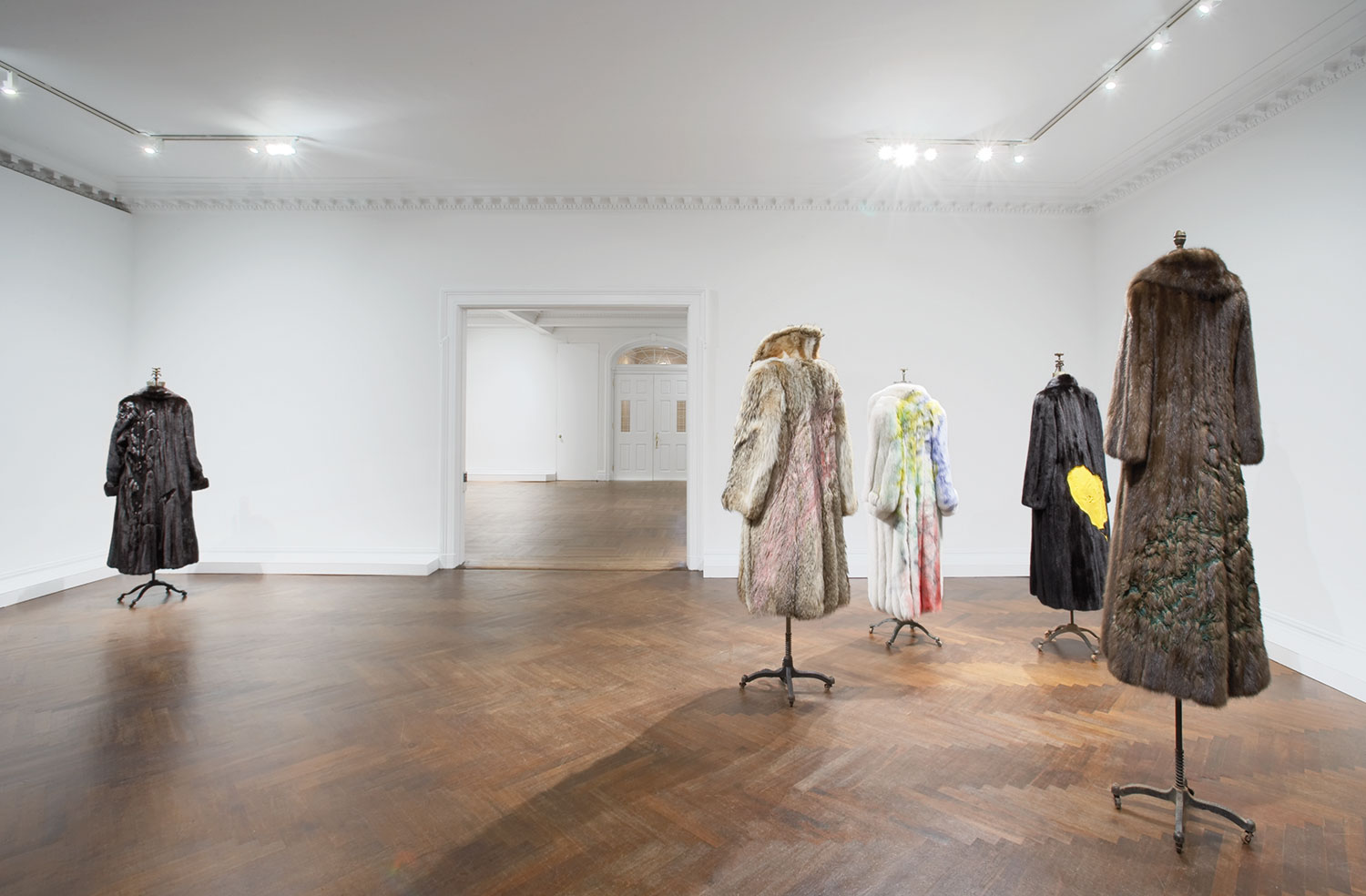
Who controls visibility? What determines its boundaries? What are the mechanisms that do the legitimizing? And just what is it that makes invisibility so different, so appealing? Isn’t abstraction just a way to make visibility harder to recognize? (Anthony Huberman)
What’s the difference between a rumor and a secret? Does one yield more authority than the other? When is camouflage a form of sabotage? (AH)
What is the relationship between improvisation and control? Isn’t it similar to that of a needle and thread? (AH)
Can seriousness be worn lightly and can lightness be worn seriously? Is an attitude a type of agenda? When is being cool not cool? Can an atmosphere have a color? What does disagreement sound like? Is art ever truly dangerous? Is there such a thing as tragic magic? (AH)
Where does punning come from? How do words emerge out of the sidewalk? What happens to language when it’s let loose? What does that do to history? (AH)
Is one piece of garbage more important than another? How does one undo a readymade? Can collecting be a form of collision? What about vice versa? (AH)
What would Jannis Kounellis and Norman Lewis have to say to each other? What did Marcel Duchamp mean to Charles White or Betye Saar? Does anyone out there know more about Miles Davis’s wigs? What does Steve Cannon think? What would a hummingbird do? Which is better, Kind of Blue or Bitches Brew? Have you seen Killer of Sheep? What’s the difference between Harlem, Rome and Tokyo? (AH)


